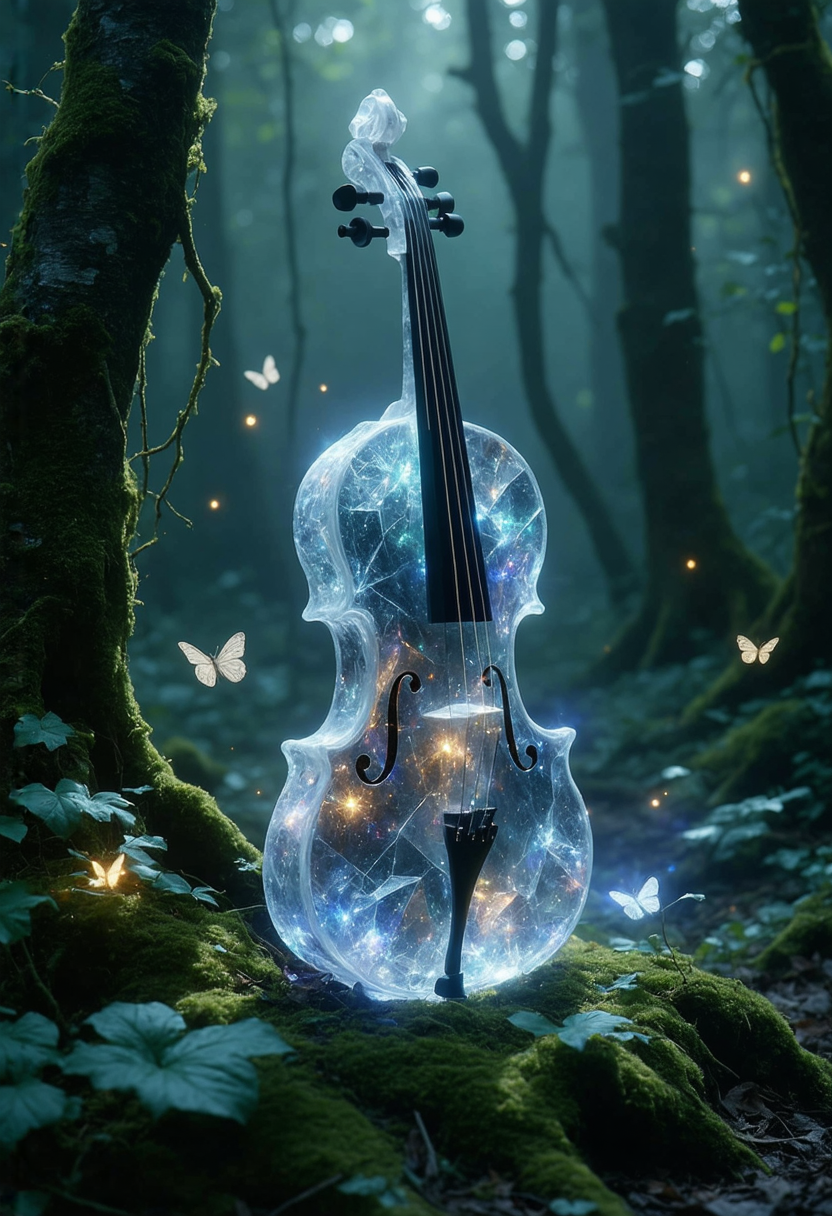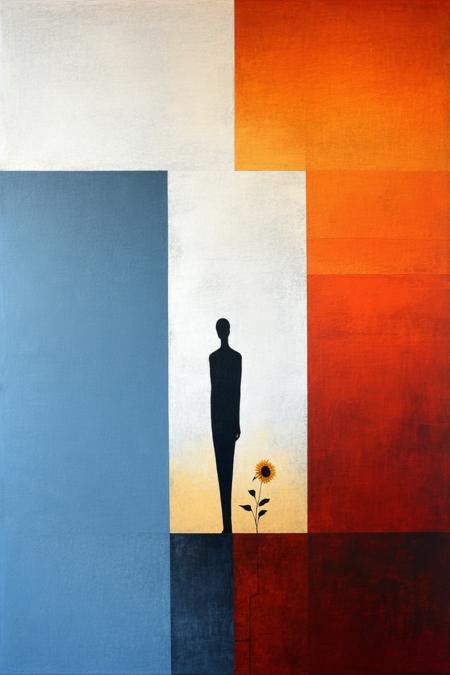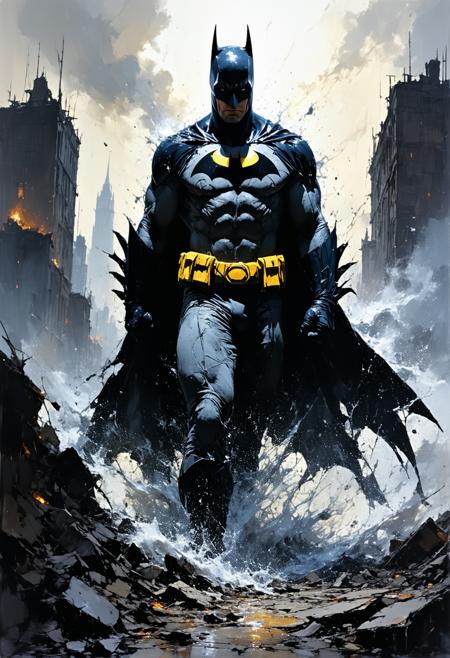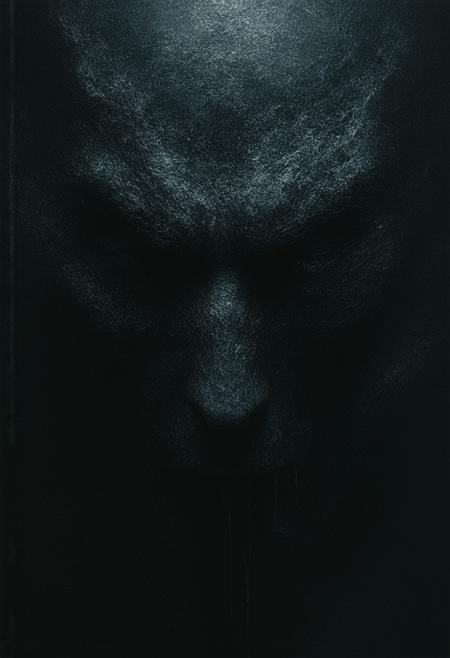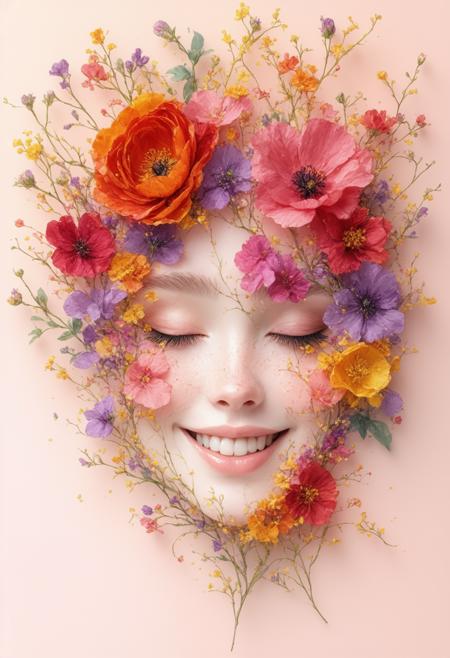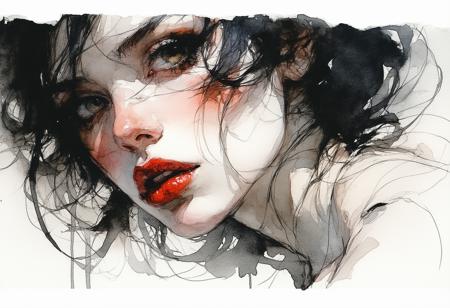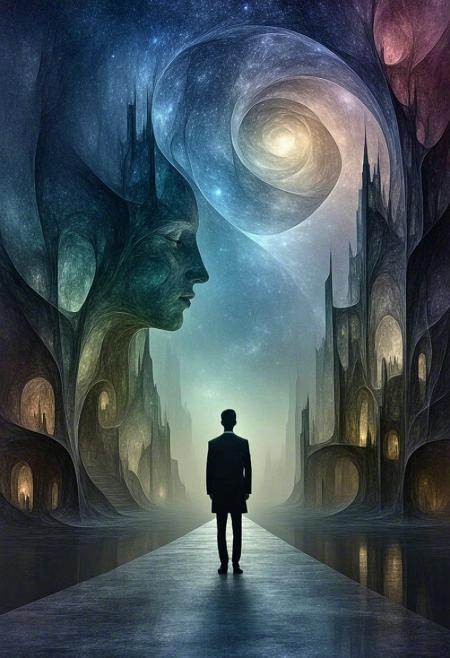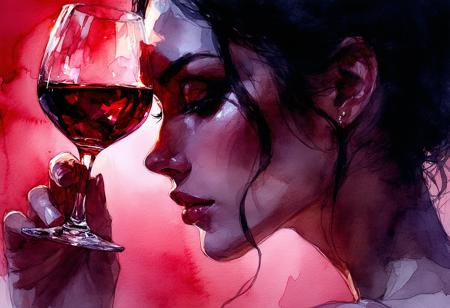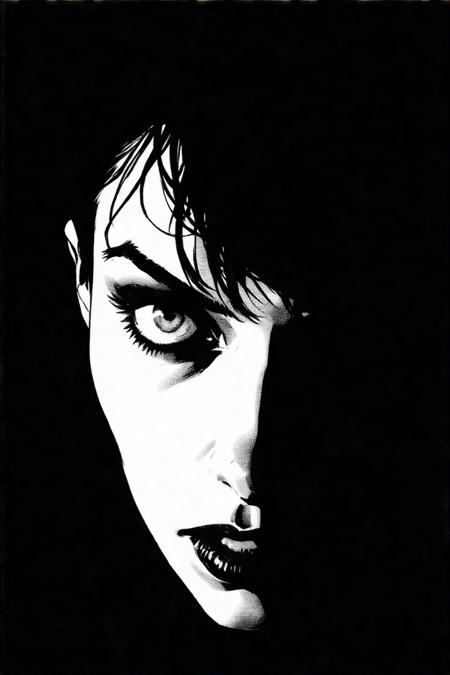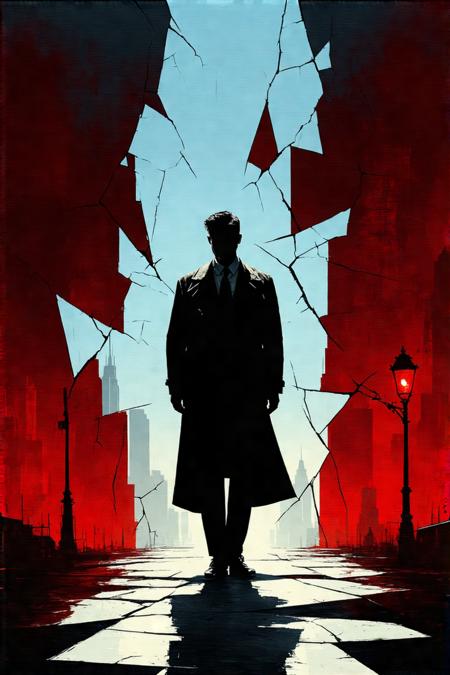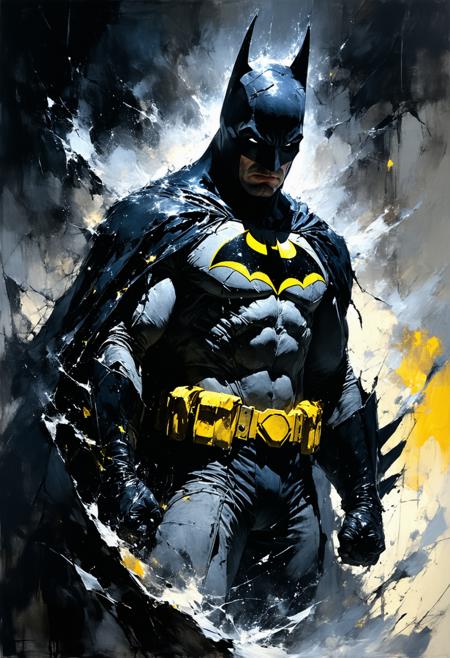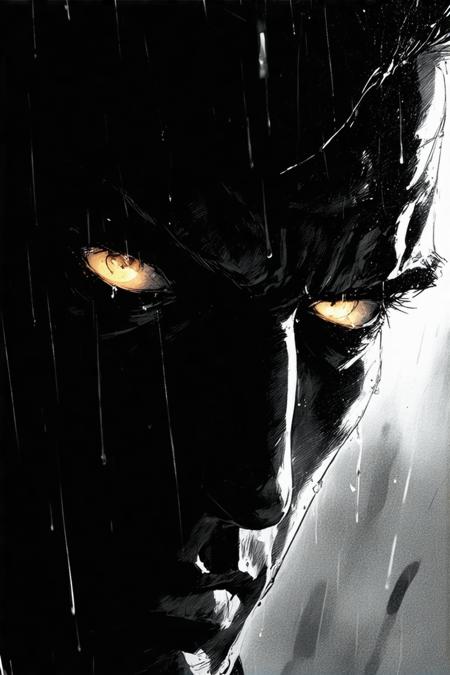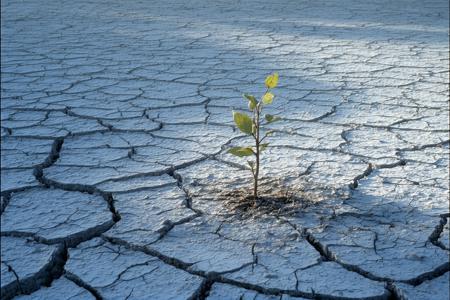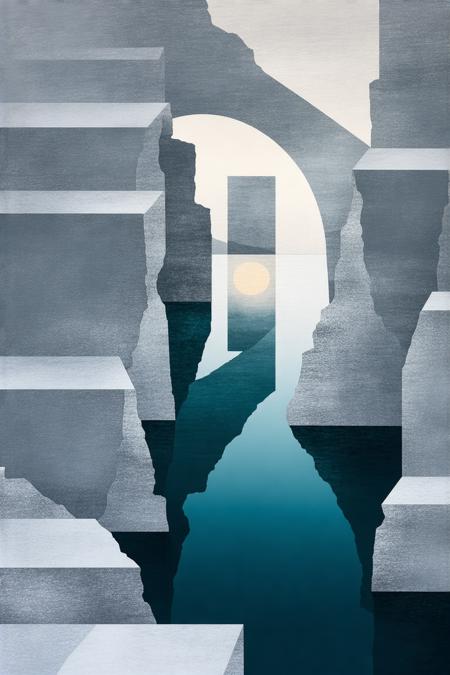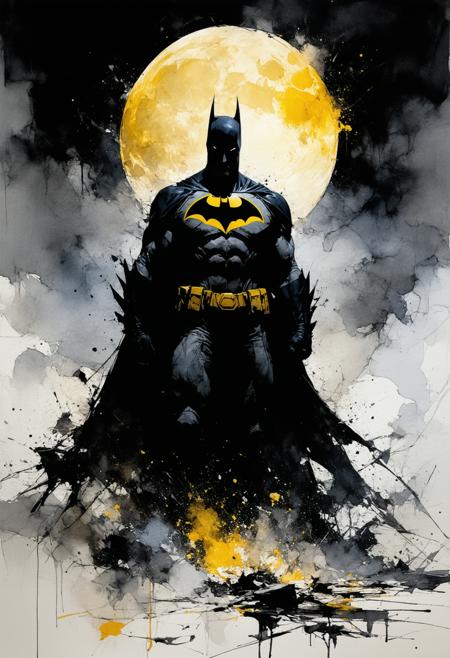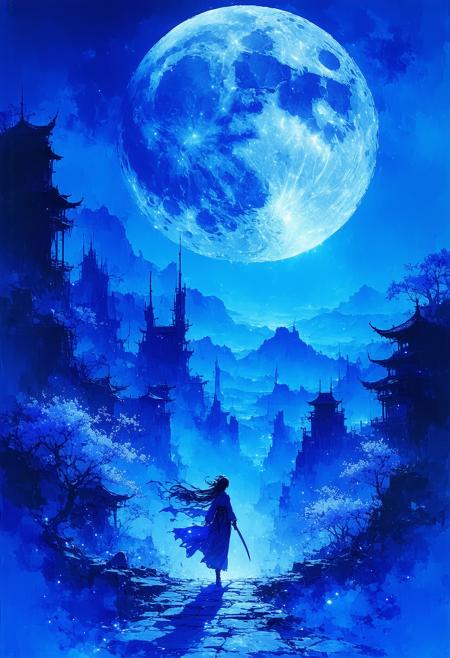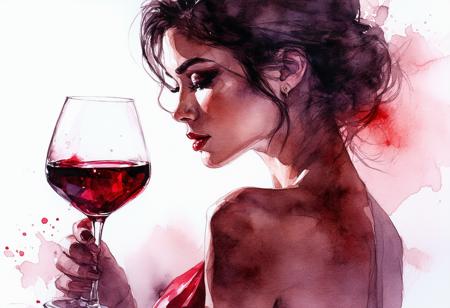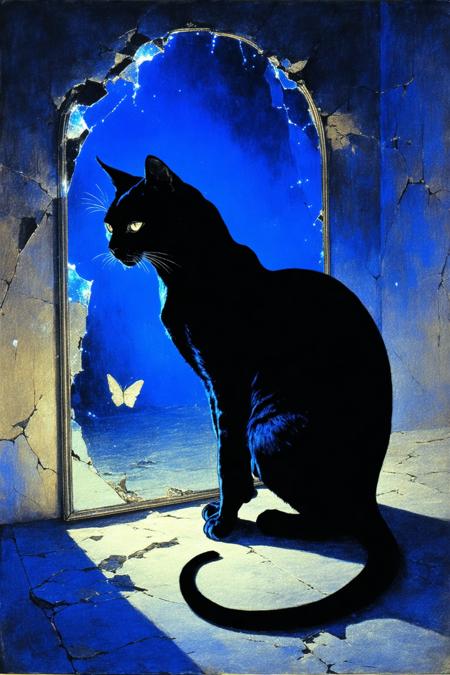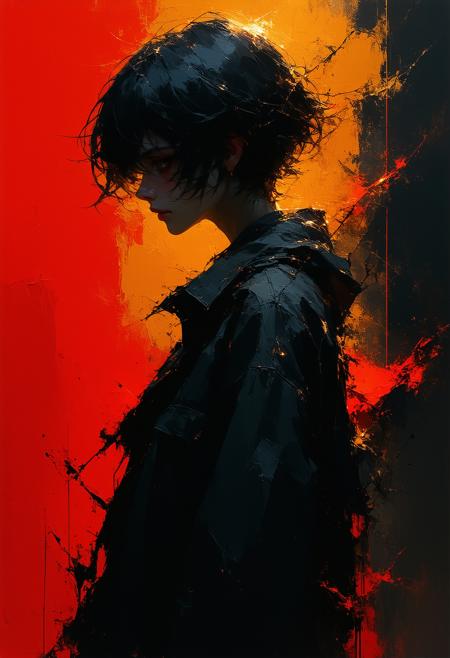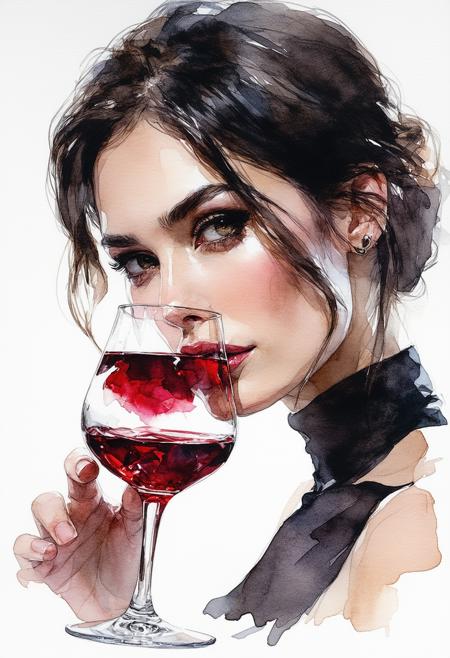A luminous, ethereal violin sculpted entirely from translucent crystals hovers in a moonlit forest clearing, its delicate form refracting prismatic light across the misty surroundings. Gossamer strings shimmer with an otherworldly glow, vibrating with silent music that seems to ripple through the air. Carved with intricate precision, the crystalline instrument's facets catch and scatter beams of soft, silvery light, creating a mesmerizing interplay of shadows and sparkles on the moss- covered ground. Fireflies dance around the suspended violin, their gentle flashes echoing the instrument's inner radiance. The scene exudes a sense of magic and wonder, as if nature itself has paused to admire this impossible creation. Tendrils of fog curl around the crystal violin, softening its edges and lending an air of mystery to the enchanted glade. The overall composition balances ethereal beauty with a touch of surrealism, evoking a dreamlike quality that invites contemplation and stirs the imagination. Style inspired by the luminous realism of Maxfield Parrish, combined with the mystical elements of John Anster Fitzgerald's fairy paintings, and the crystal clarity of M. C. Escher's precise linework
